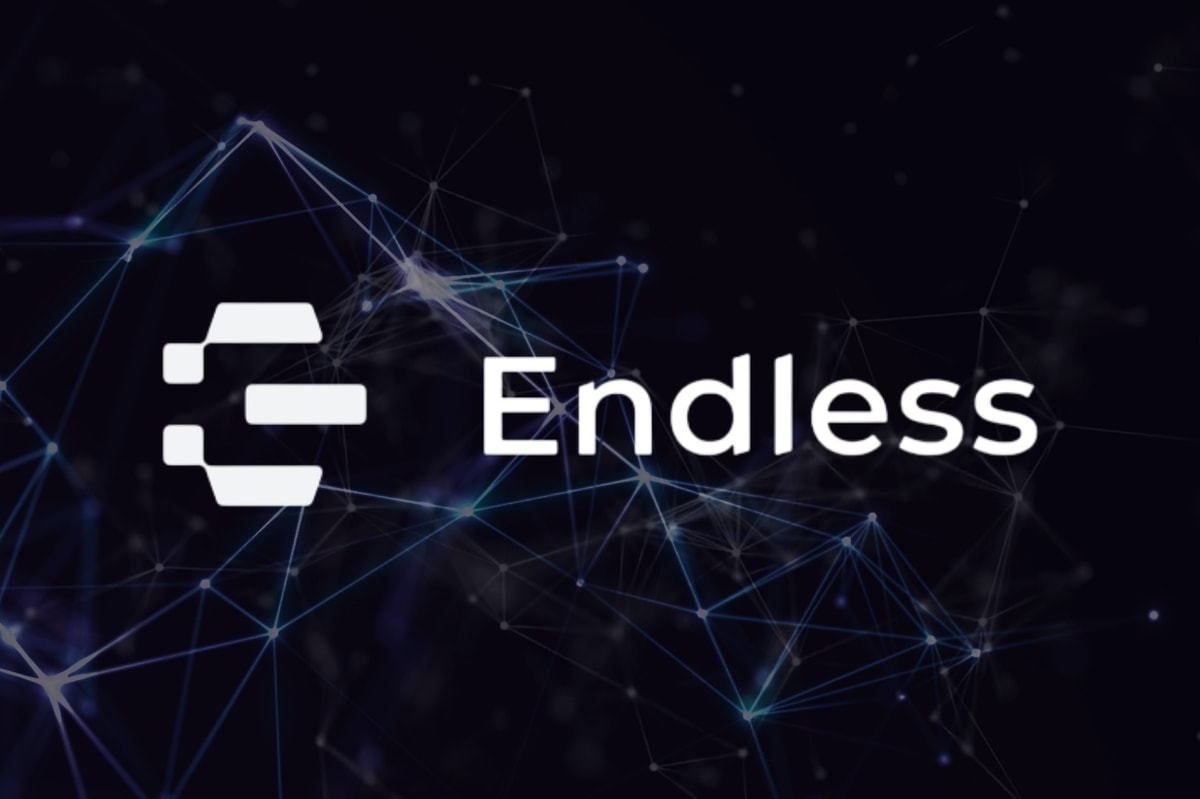White papers traditionally relate to the first draft of U.K. legislation which used to be distributed to Members of Parliament (MPs) on — you guessed it — white paper. These days, the term is typically used in the crypto world to refer to project introductions, and it should include everything any potential investors need to know about it.
The document is both an introduction to your project and a detailed guide. Think of a white paper as a proposal. Interested parties can download or read it at their leisure and use it to answer any questions they have.
The anatomy of a white paper
You should consider your white paper as your bible. It needs to include every aspect of your project, but good white papers all share the same key elements, even if not necessarily in the same exact order. Here are some of the factors a good white paper should include:
A content page: These documents are often lengthy and, as such, it’s essential that you provide a content page. Then, interested parties can quickly find the information they need.
Project outline or summary: If your white paper is your long-form sales pitch, then think of your summary as the short-form version. A good summary will explain your project in a few paragraphs in simple terms. There’s plenty of space for the details later.
The problem: This is a brief explanation of the problem you aim to address.
Your solution: Starting with the problem you raised, explain how your project deals with it.
Technical data: In this section, you need to explain how your project works. Don’t get bogged down by complex details, and try to consider your intended audience. If your project includes new technology or anything that’s not in the public domain yet, you’ll need to explain that in a succinct fashion.
If your project is an ICO or an initial DEX offering (IDO), you’ll need to explain exactly how it works. Is it a utility or security token? What blockchain does it use? Is it proof of work, proof of stake or something new? Use this section to explain exactly how your project works.
Economics/tokenomics: Depending on the kind of project you’re launching, this section should explain the basic workings behind it. Try to keep it simple, but it’s safe to assume that most of the crypto curious have a basic understanding of key concepts.
Budget and breakdown: In addition to explaining the economics of your token/project, you’ll need to explain how you plan to use the funds you raise.
Graphics, charts and visuals: Good white papers make use of visual media to convey complex information.
Research: You’ll want to show potential investors that you did your homework. In this section, take time to highlight the market sector your project covers and mention any competition. It’s wise to avoid being overly critical of other organizations.
About you and your team: While much of the crypto sphere has a focus on anonymity, it’s a good idea to showcase as many people on your team as possible. Unless there’s a reason to keep your identities hidden, you should highlight your team’s experience and strengths.
Road map: An accurate and achievable road map is an essential part of any good white paper. Make sure to mention any benchmarks you’ve already met and try not to overpromise on future milestones. It’s better to give yourself a little time and overdeliver than to try and rush things and miss your mark.
Risks and challenges: We live in an imperfect world. Your investors will have more respect for you and your project if you’re open enough to admit any risks you see ahead.
Security protocols: Following on from risks and challenges, smart projects will take time to highlight any security they can bring to the project. Remember, the world in general still thinks of cryptocurrency as the financial Wild West, so it’s a good idea to reassure them that you’ve got some contingency plans if things do go south.
In this section, you can include any technical features you’re working on to protect the project. Depending on the kind of project, these features could include transaction and wallet limits, trusted partners, additional financial backing, adherence to existing guidelines or regulations or even something as simple as a testimonial from an influential organization or individual.
The key to this section is highlighting each challenge and explaining your response. By showing you’ve thought through each hazard and by introducing your team, you’re demonstrating you can be trusted.
Marketing: Often overlooked, including marketing and PR information demonstrates you’re looking ahead and have considered growing your organization.
Conclusion: Your white paper should end with a concise breakdown of your project. Once again, avoid overcomplicating matters and stick to the basics.
Index: Like your contents page, make sure to include a more detailed index. This should include key elements of your project and where to find them.
Contact: Always include your most recent contact information at the end of your white paper. This should include all the contact information for key team members as well as your web and social media links.
Final thoughts
There’s no rulebook governing white papers, but that doesn’t mean there isn’t precedent. You can find lots of white papers for all sorts of successful projects and it’s a good idea to download a few. Reading solid white papers is a good way to learn what matters, and learning that is half the battle. Good luck with your project and we hope you found this article useful.
Tim stepped into the crypto world in 2017 and never looked back. He’s now CEO of crypto and NFT marketing agency, Lunar Strategy.
This article was published through Cointelegraph Innovation Circle, a vetted organization of senior executives and experts in the blockchain technology industry who are building the future through the power of connections, collaboration and thought leadership. Opinions expressed do not necessarily reflect those of Cointelegraph.
Learn more about Cointelegraph Innovation Circle and see if you qualify to join










